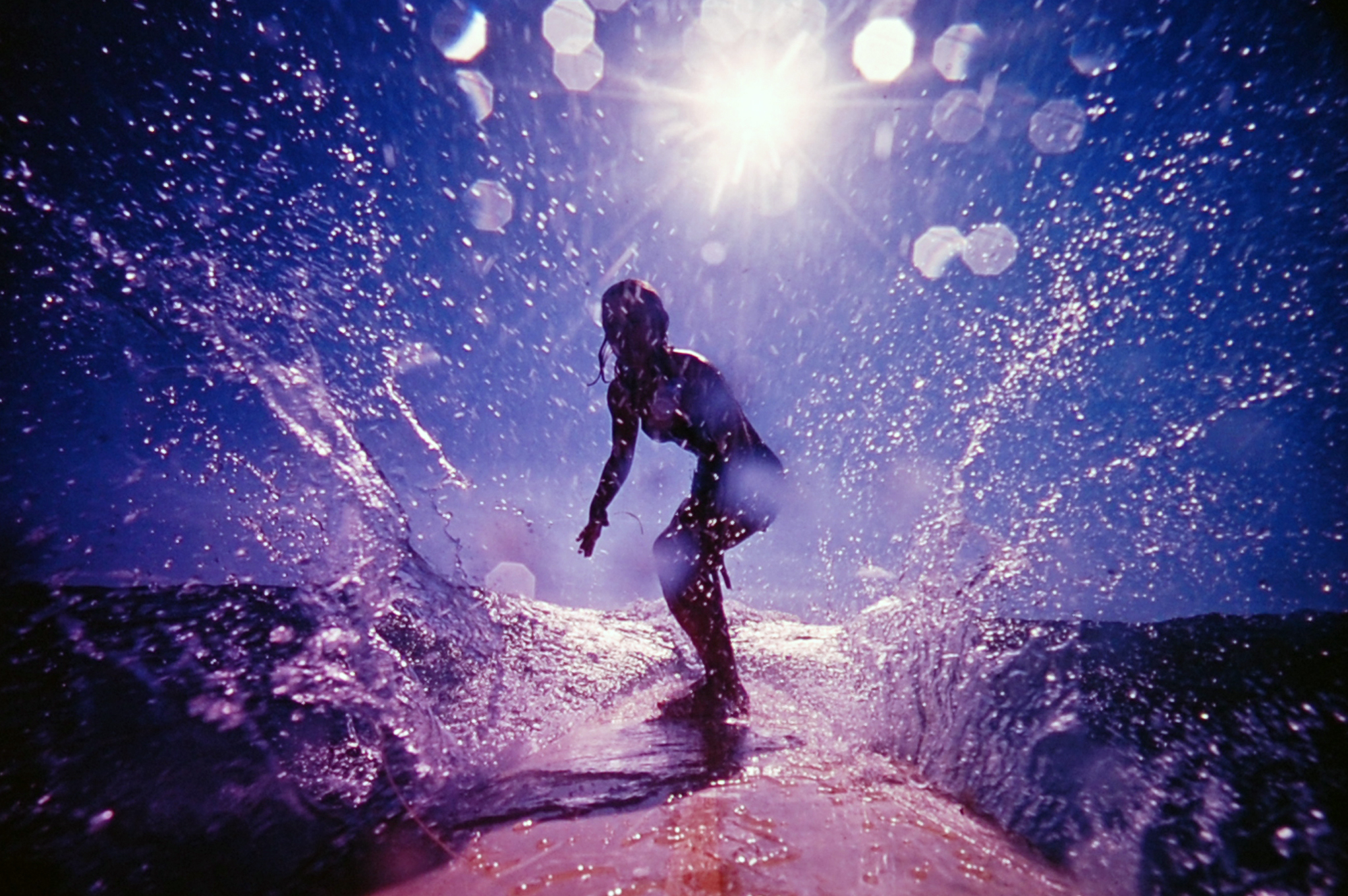
If there was one message LIFE magazine had for readers in May of 1963, as the surf craze swept the U.S. and popular images of surfers tempted newcomers into the water in the days before wetsuits were common, it was that surfing was fun — but it wasn’t all fun and games. It was also dangerous, especially when it came to the waves found off the North Shore of Oahu.
The magazine kindly explained to unfamiliar readers how the sport worked there: “The men who ride the big ones in Hawaii actually ski down the shoulder of a wave away from the curl… They call the first breathtaking schuss ‘taking the drop.’ Their boards accelerate up to 35 mph so rapidly that they kick up waves like speedboats. And a merciless mauling awaits the unfortunate who doesn’t complete his ride. He is driven downward by the appalling maelstrom, tossed around, sucked back down and frequently, after fighting up for a desperate gulp of air, hammered down again by the next wave.”
And yet a brave group of surfers — fewer than 100 people at that point, three of whom had been killed in 1962 — sought out the big waves anyway, for what LIFE called the “peril and ecstasy” of the sport’s toughest waves. Enabled by new innovations in balsa wood surfboards that had opened new vistas to surfers in the 1940s, they returned again and again, despite the risks.
Looking at these color photos by George Silk, it’s not hard to see what drew the surfers back to the water. In honor of International Surfing Day on June 17, here’s a look back at what surfer Fred Van Dyke described to Silk as “the greatest feeling the world.”
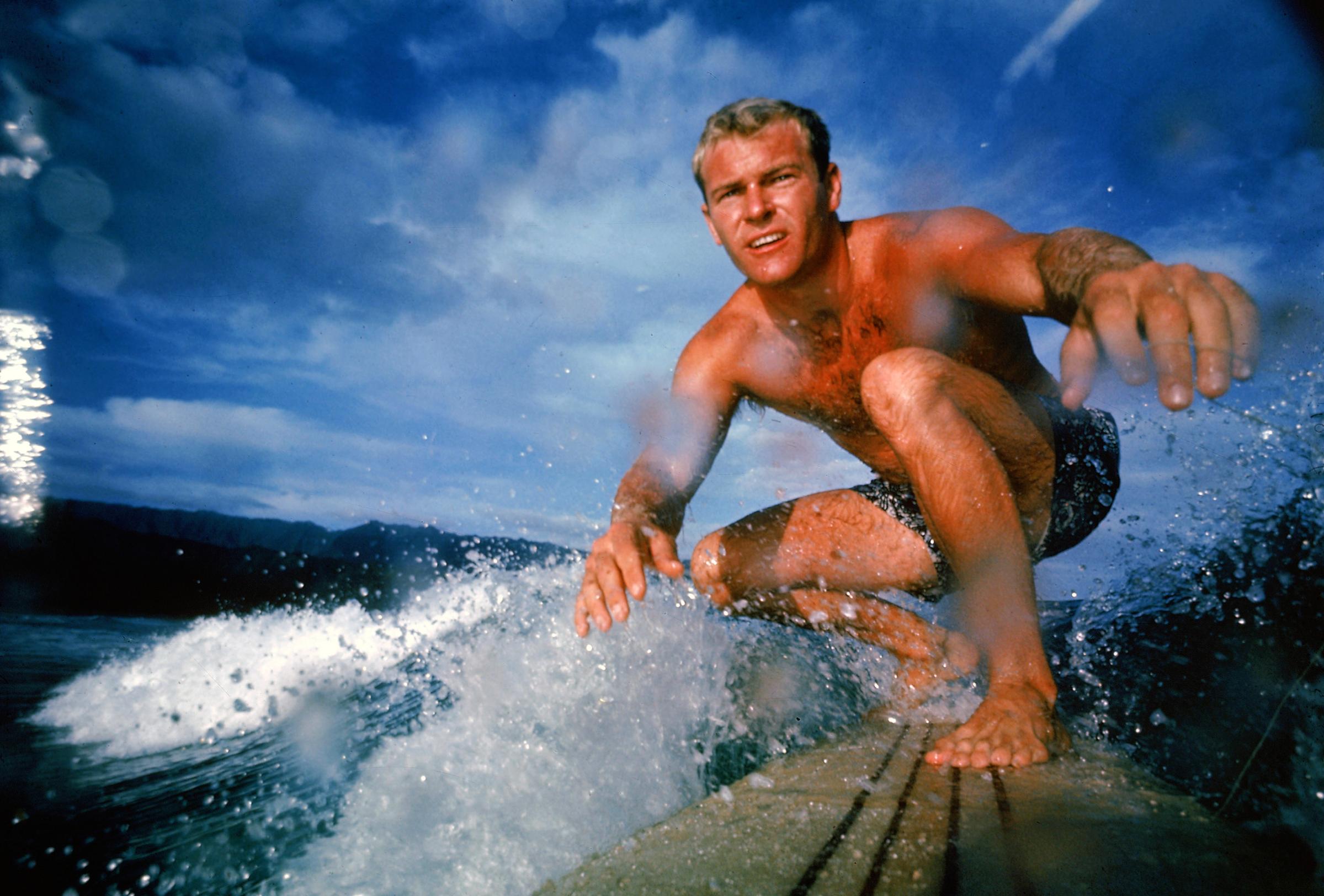
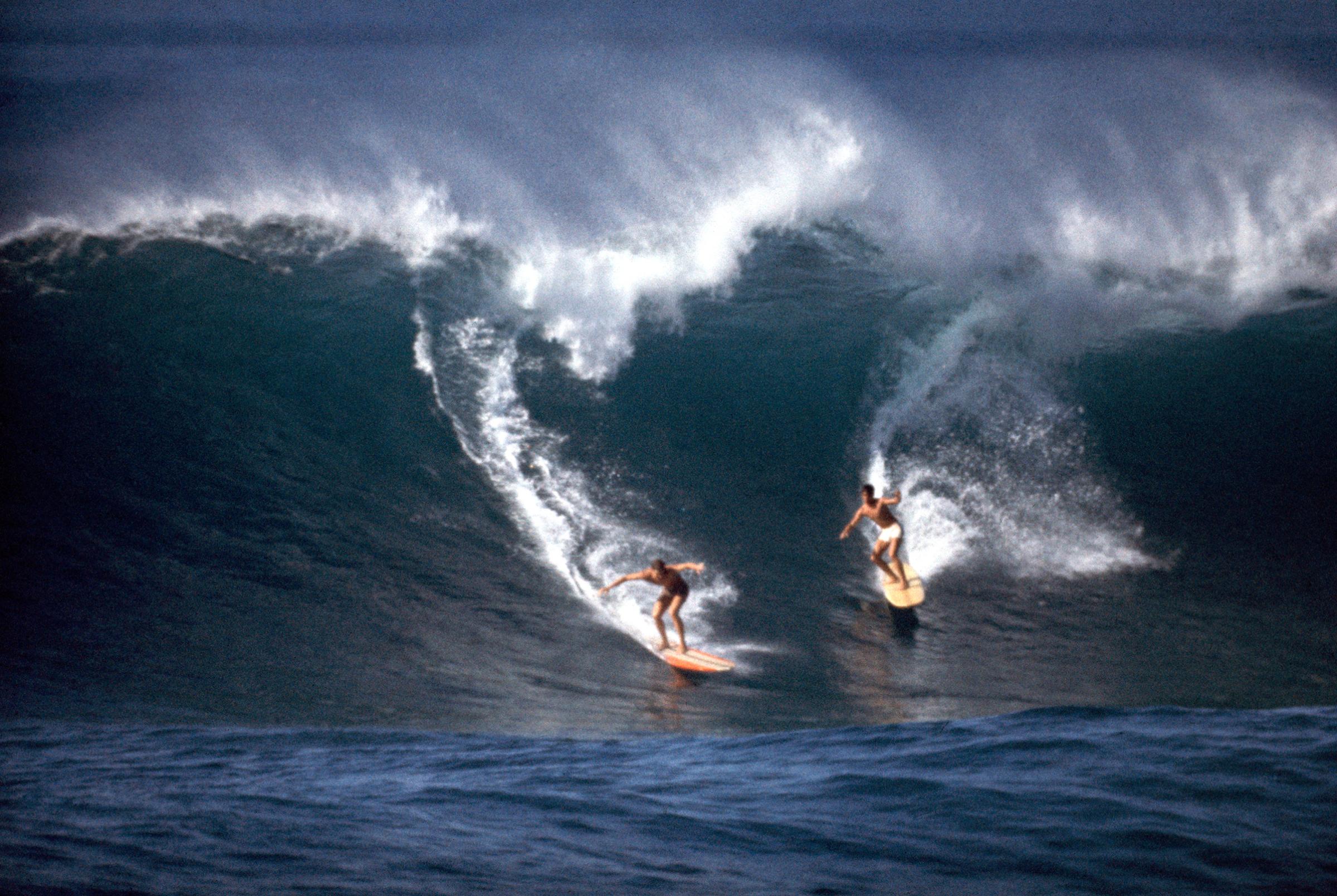
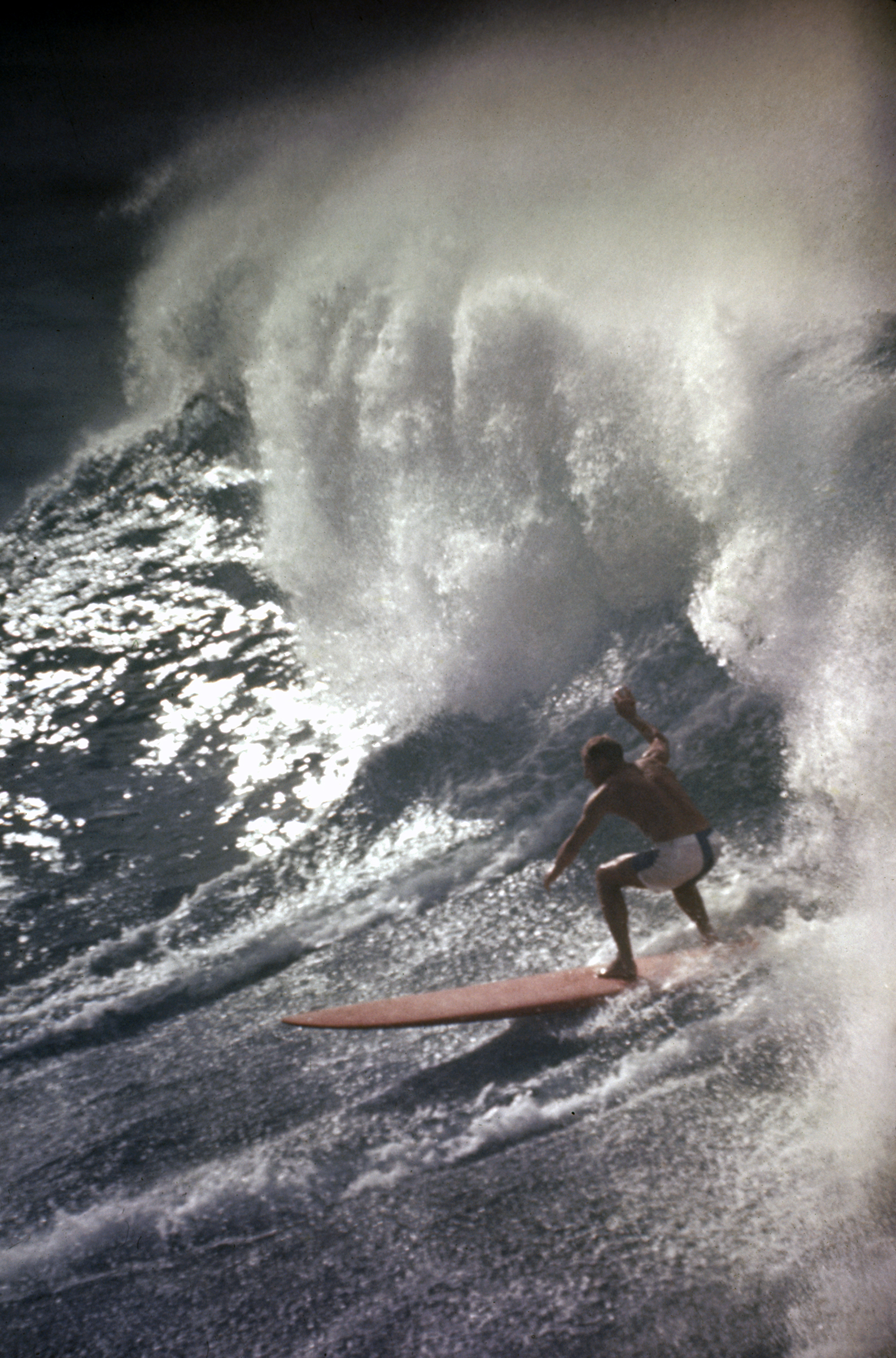
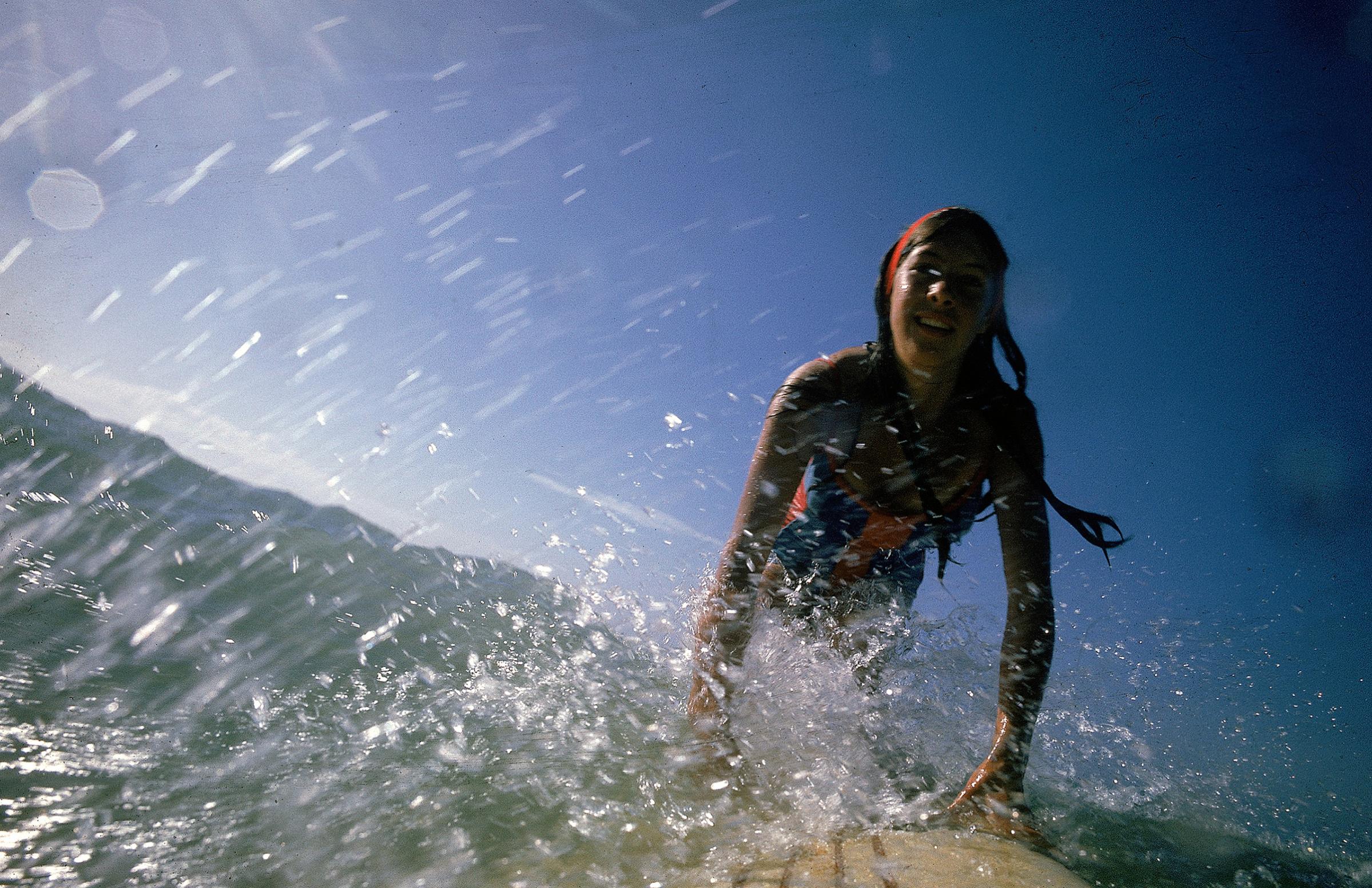
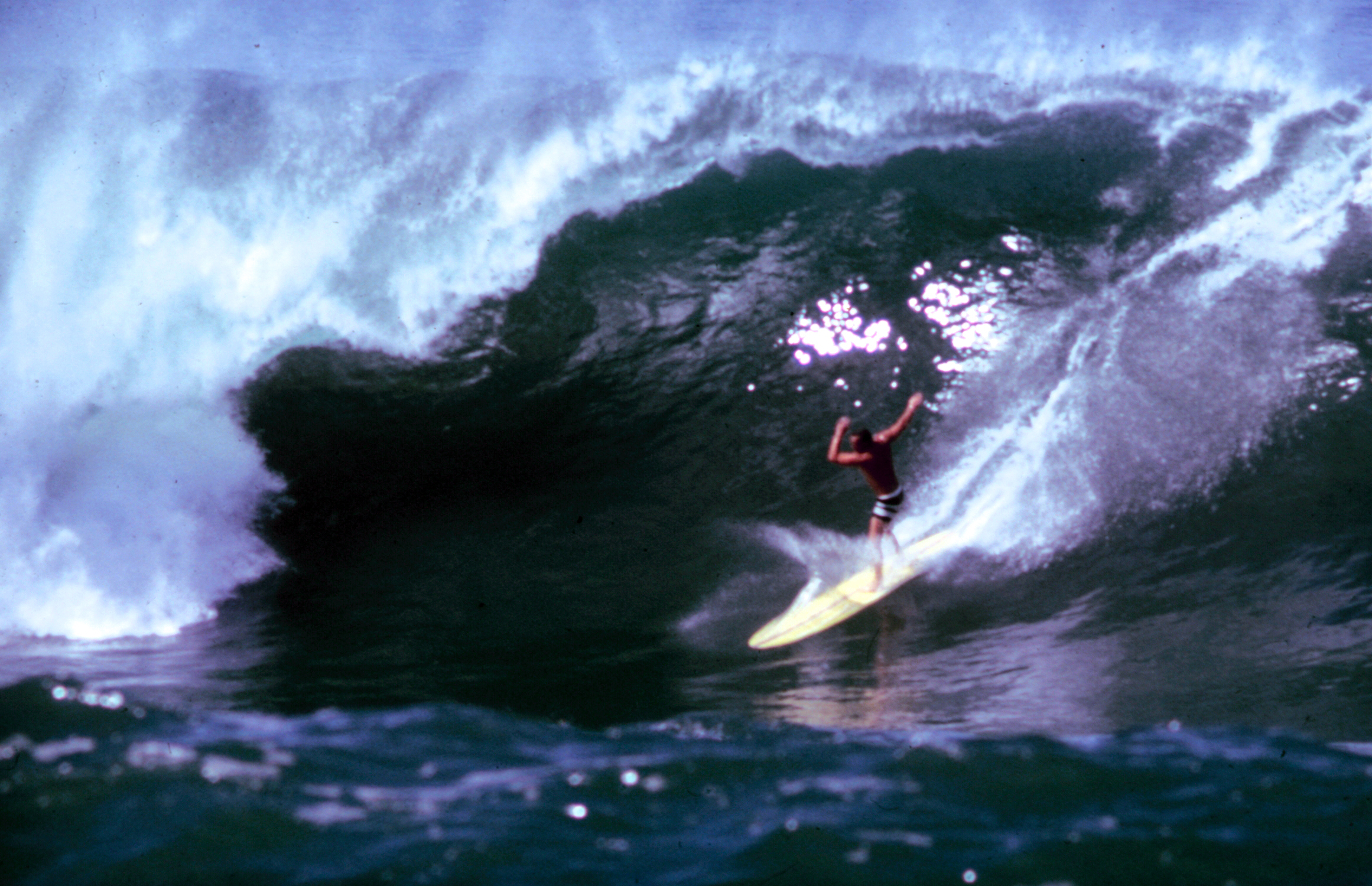
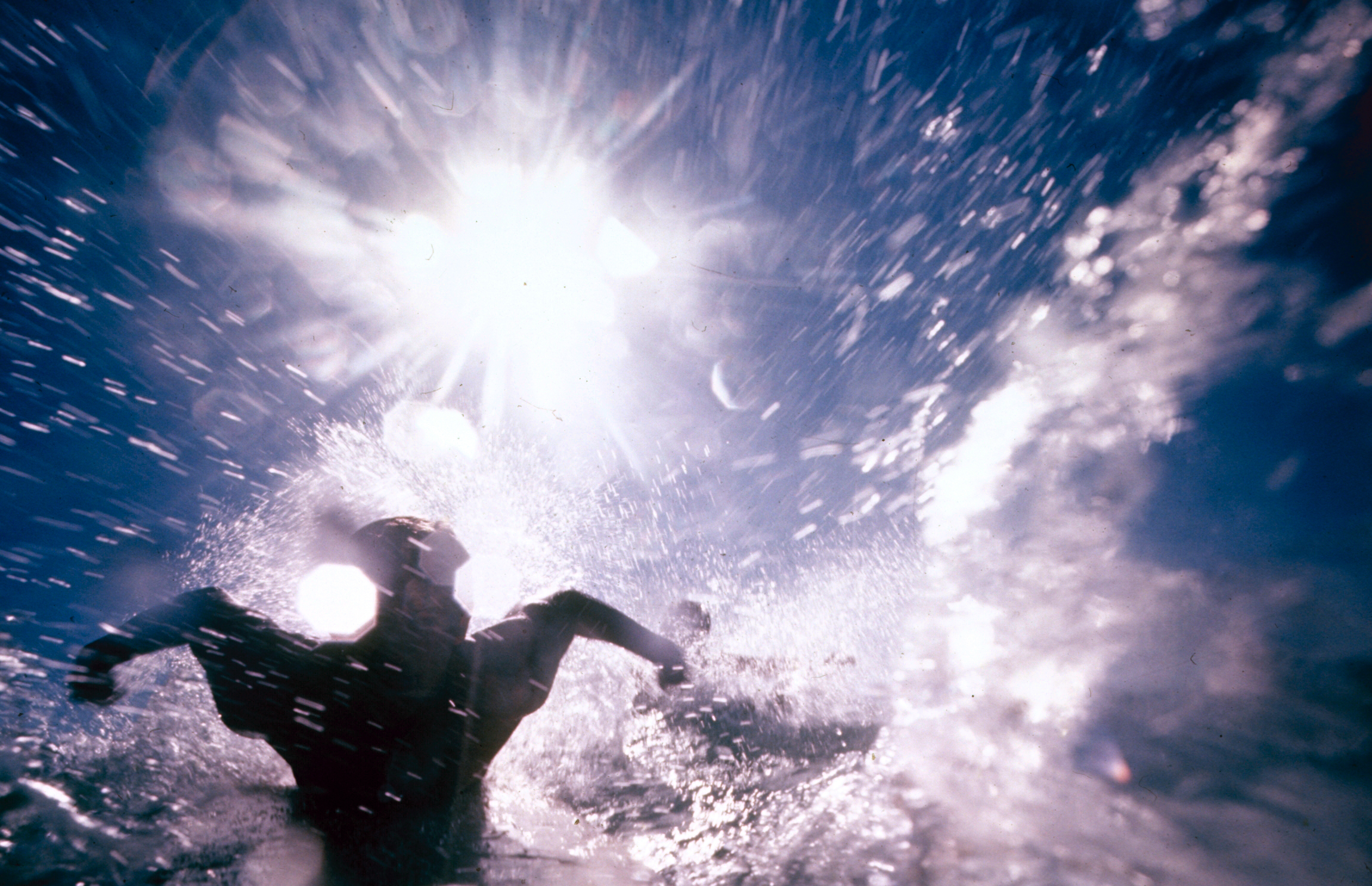
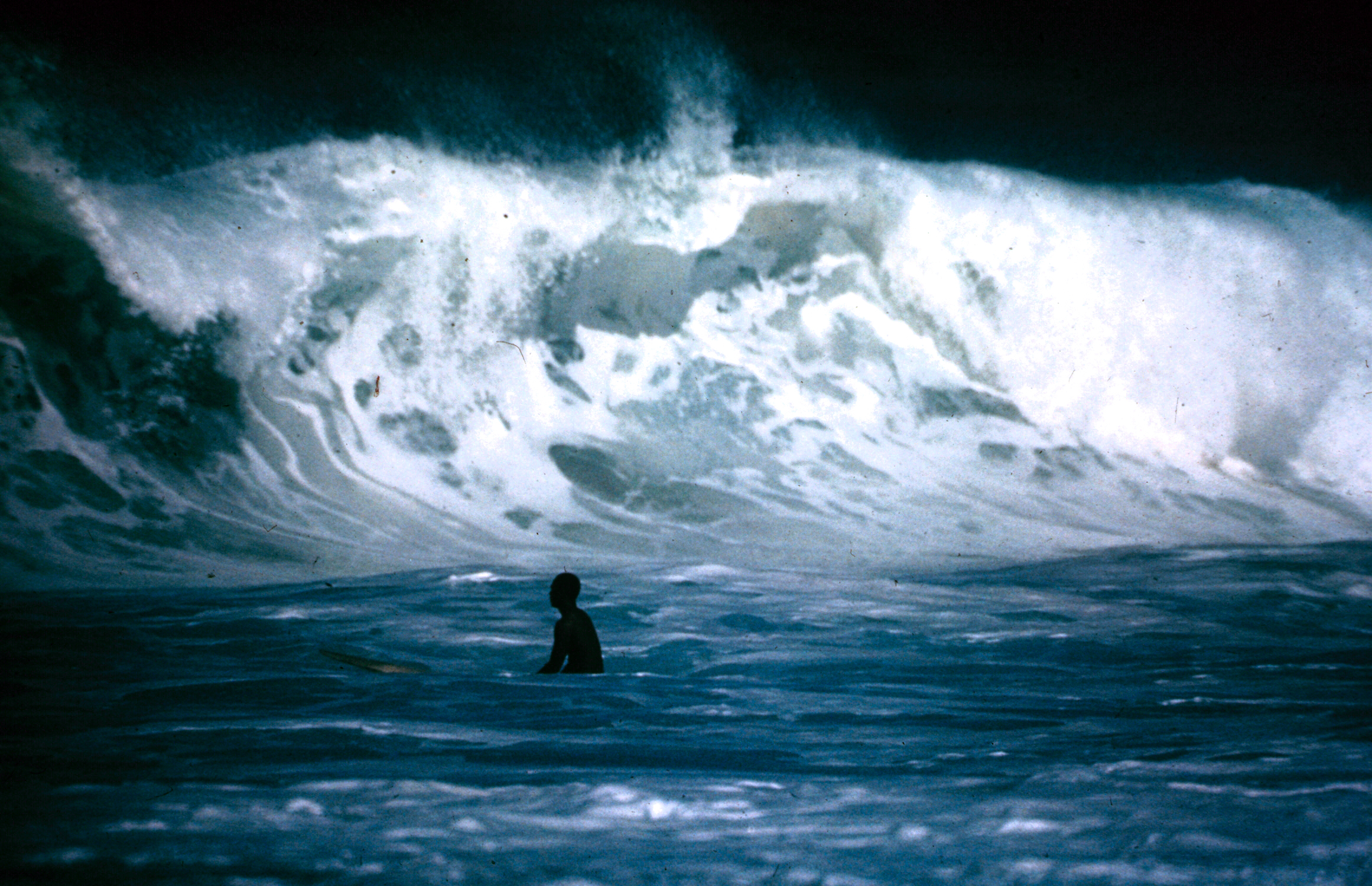
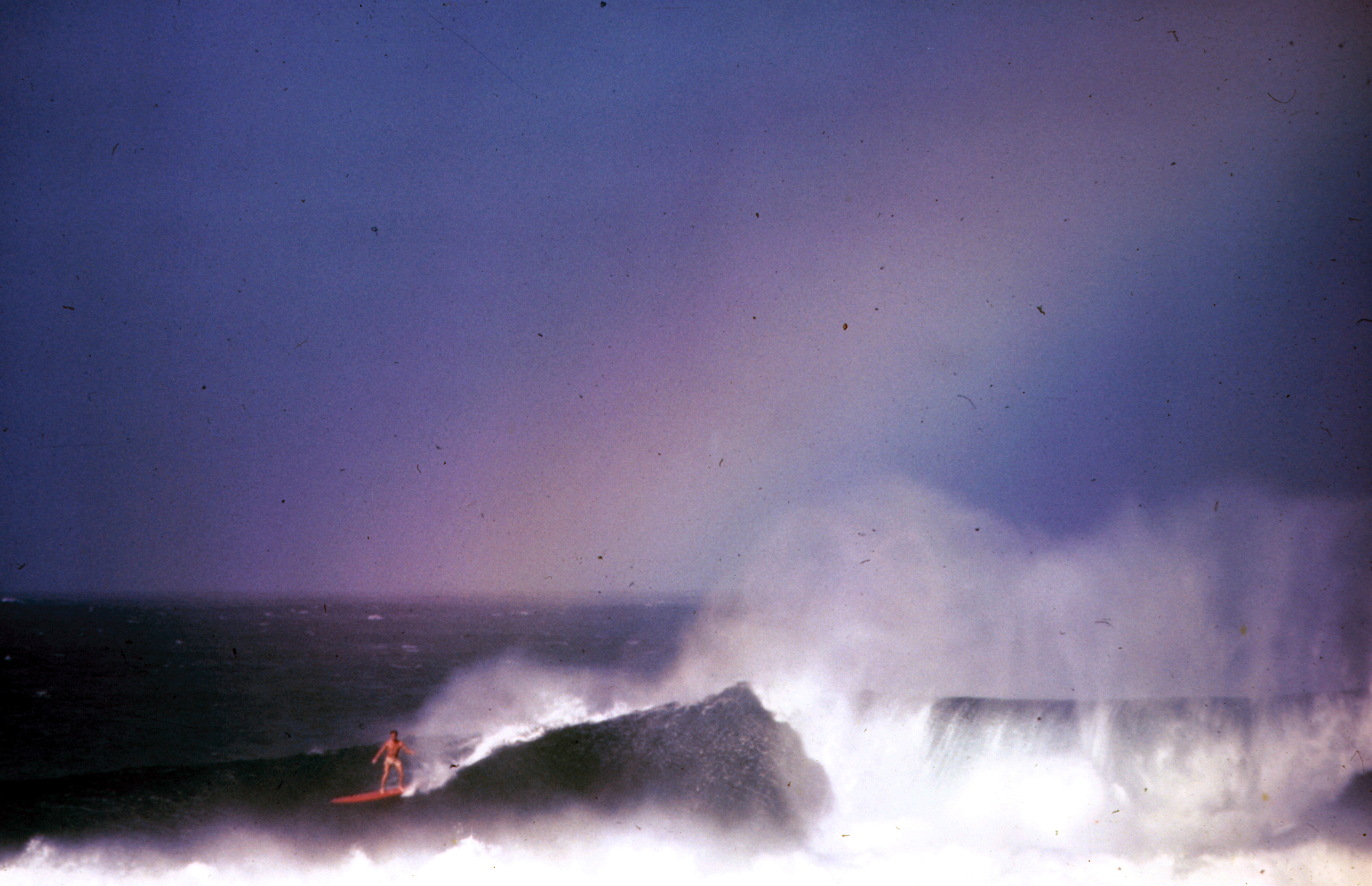
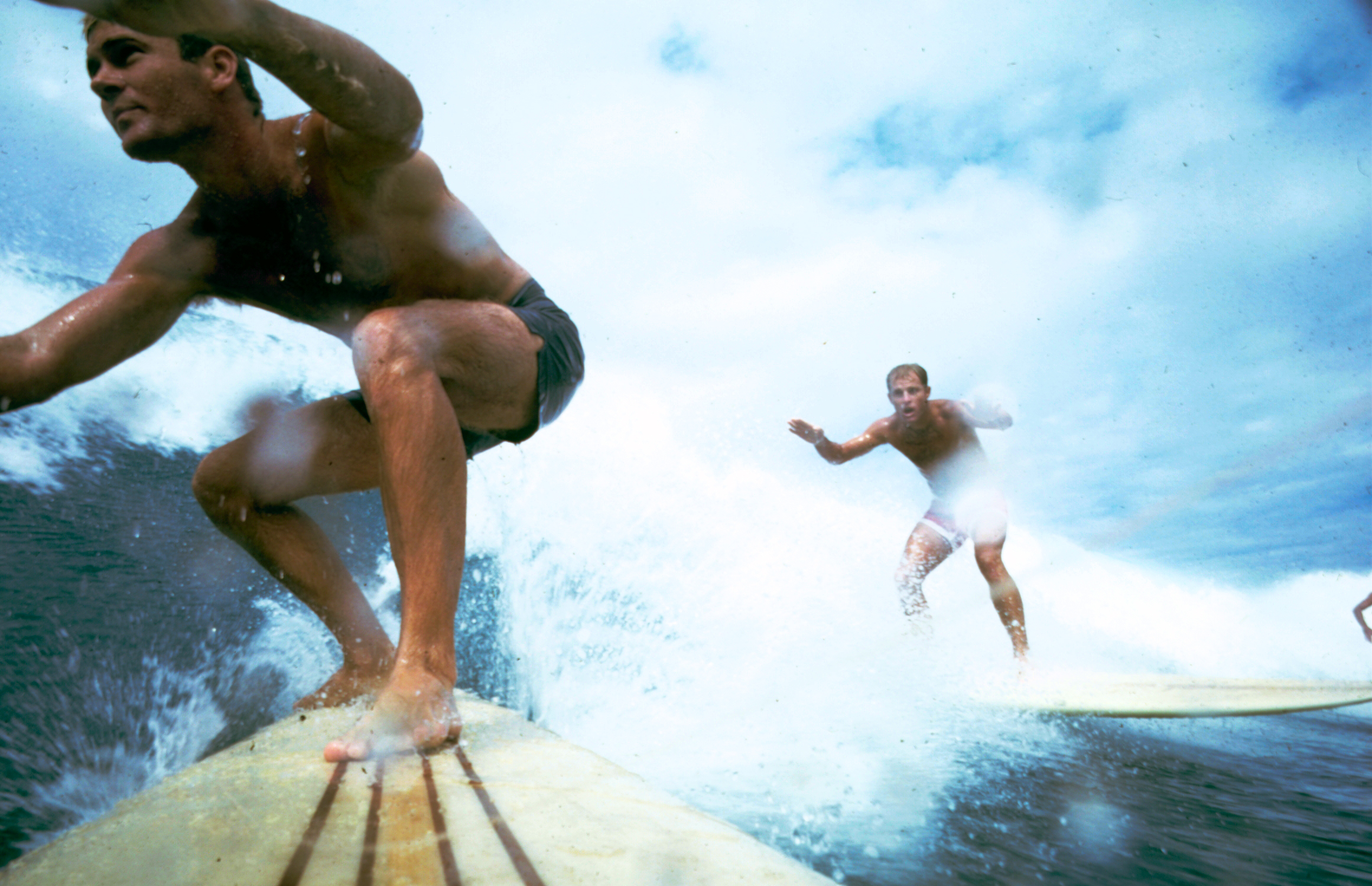
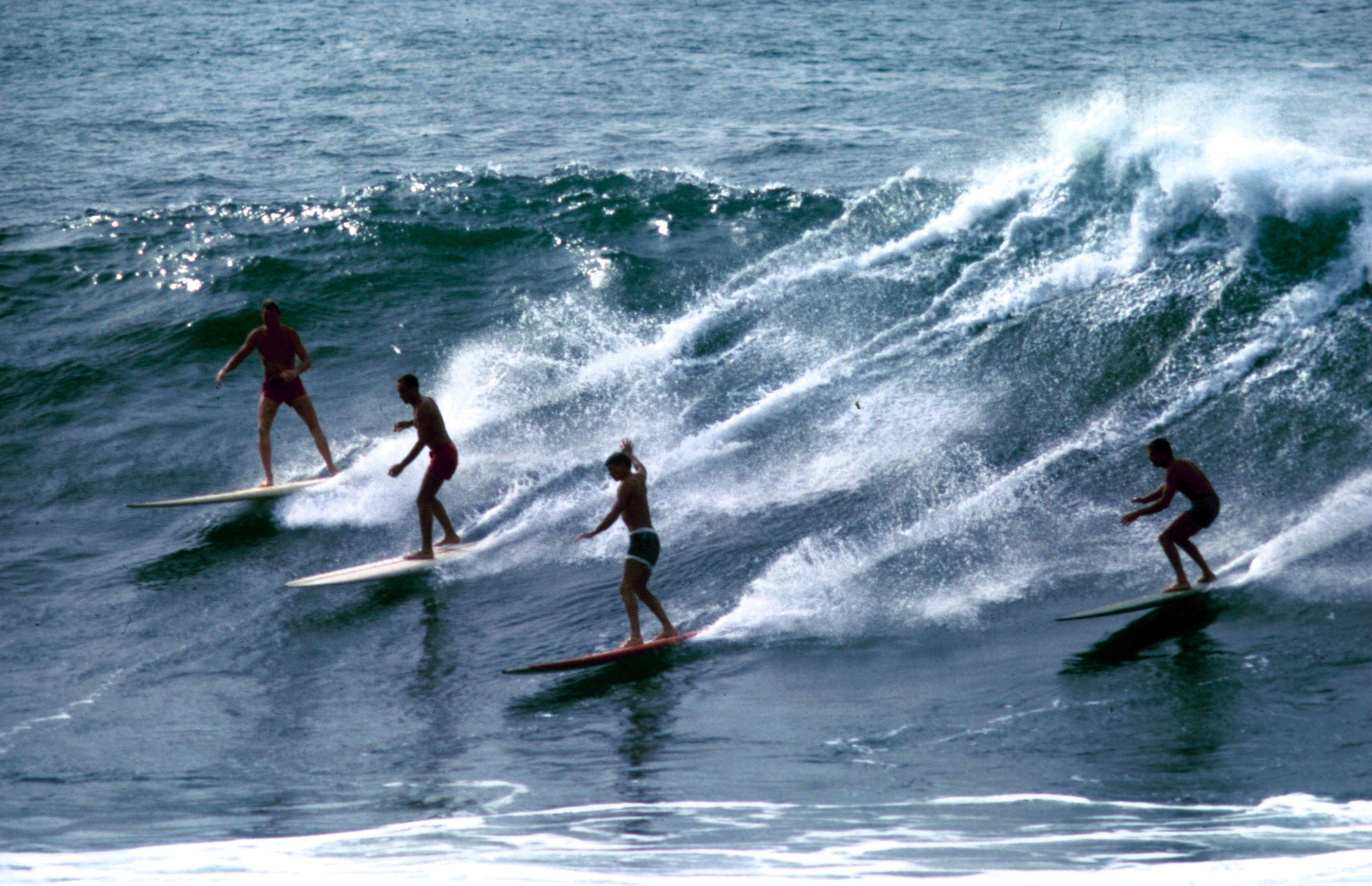
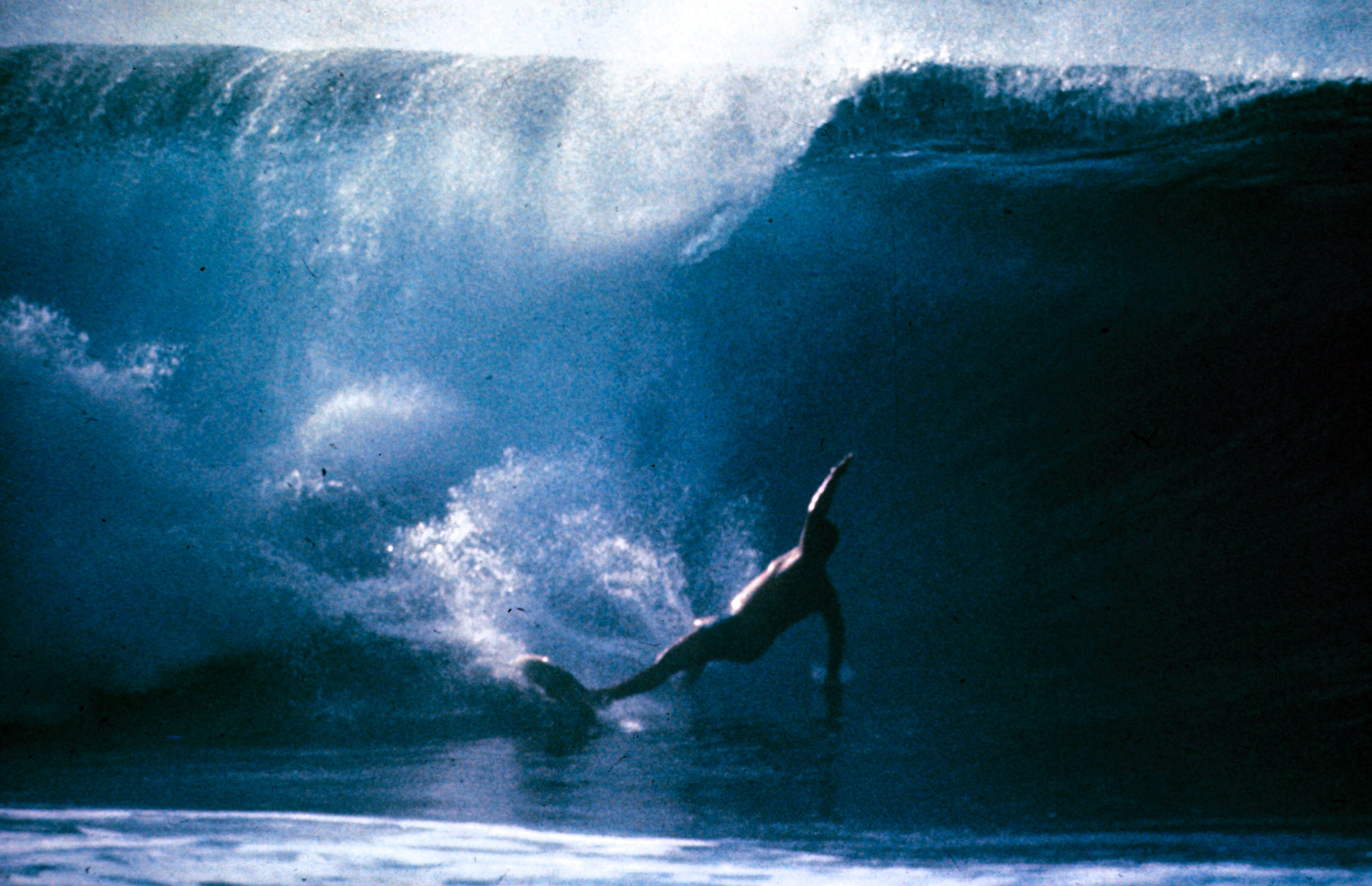
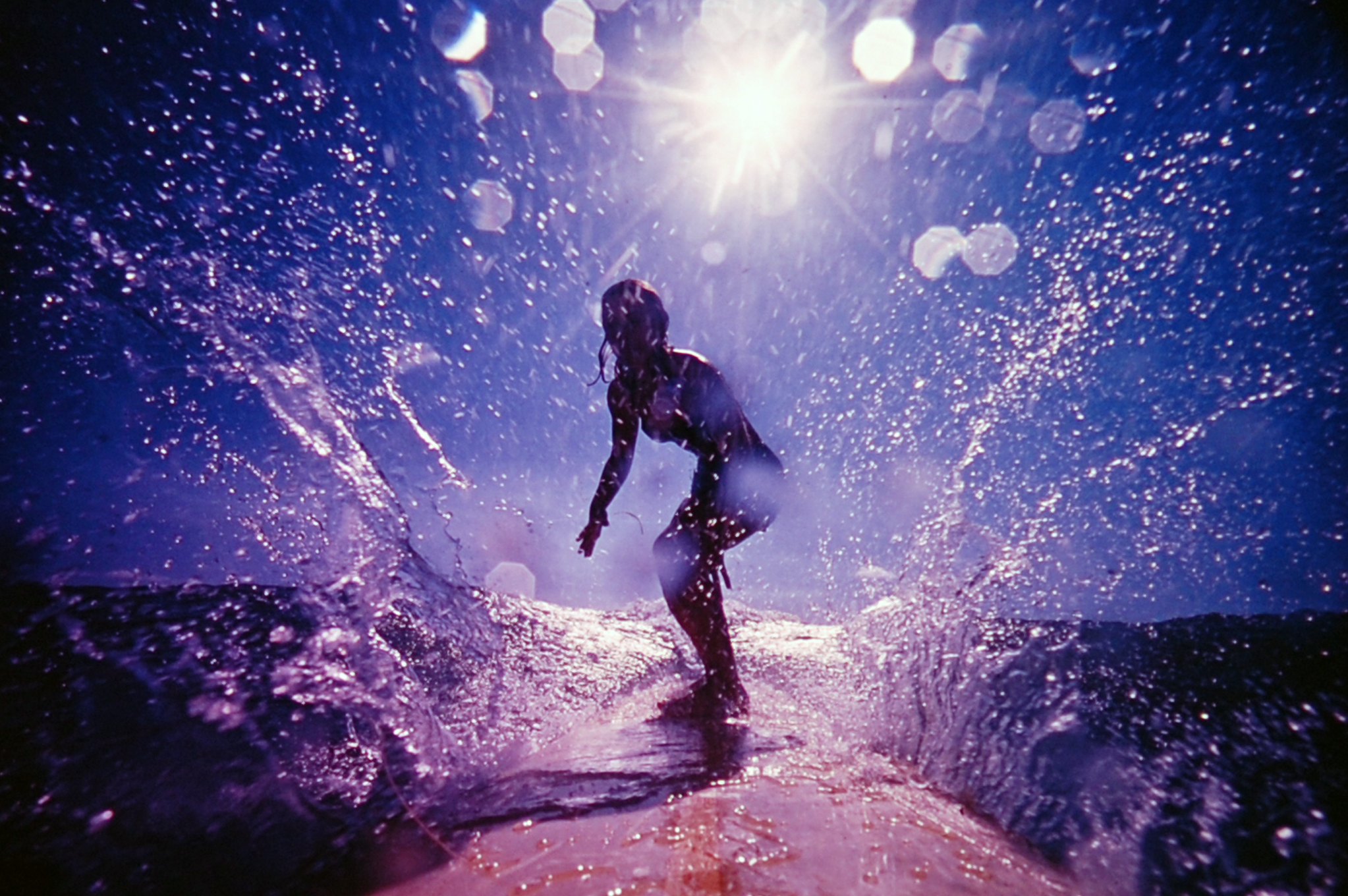
More Must-Reads from TIME
- Introducing the 2024 TIME100 Next
- The Reinvention of J.D. Vance
- How to Survive Election Season Without Losing Your Mind
- Welcome to the Golden Age of Scams
- Did the Pandemic Break Our Brains?
- The Many Lives of Jack Antonoff
- 33 True Crime Documentaries That Shaped the Genre
- Why Gut Health Issues Are More Common in Women
Write to Lily Rothman at lily.rothman@time.com